commentary Commentary
Commentary: Reviewing the airworthiness of Singapore’s air taxi dreams
If kinks like safety concerns and air traffic management can be ironed out, the country’s dreams might just get lift off, says transport consultant Gopinath Menon.
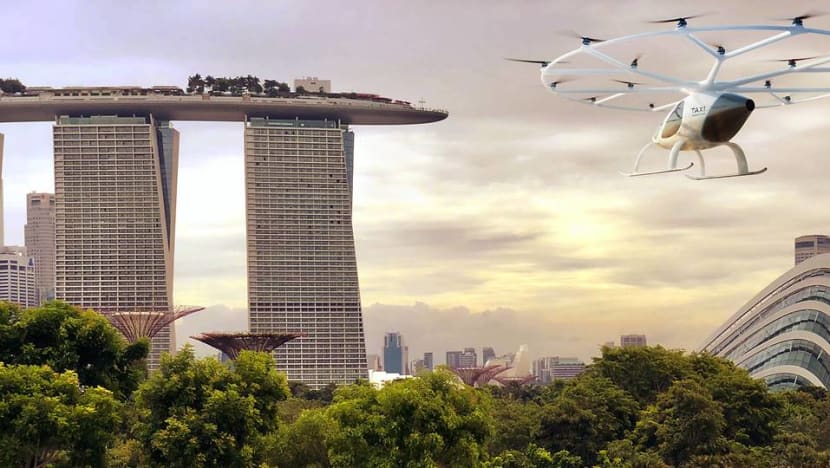
An artist's impression of the Volocopter flying in Singapore. (Image: Volocopter)
SINGAPORE: Discussions about flying cars as a mitigating measure to traffic congestion in urban areas like Singapore have been around for a long time.
But in Singapore, it has not taken root because of burning transport issues and cynicism that the city-state might be substituting road traffic congestion with that in the air or that its extravagant price tag will limit access, even if flying cars proliferate here.
But with the announcement that trials for air taxis, as small helicopters employing drone technology, may begin come 2019, it seems this reality is closer at hand.
Still, for short-distance travel by air to be considered a viable form of transportation requires greater numbers.
Helicopters have been employed in cities for narrow purposes in the most special of circumstances, including the personal travel of the rich and famous, and for transporting the sick and the injured to hospitals, with helipads or special landing areas provided where they are in use.

READ: Flying taxis? Bell Helicopter sees such a service taking off in Singapore
FASTER, CHEAPER, MORE CONVENIENT?
So how widely will these aerial taxis be used? Consider whether commuters will find them a safe, convenient and cost-effective ride.
The traveller considers the commute to be wasted time and wishes to cut it down, which the aerial taxi accomplishes by avoiding road traffic jams. However, without the widespread availability and use of aerial taxis, fares will not be competitive enough to attract commuters.
READ: Stressful and rushed but the daily commute is no waste of time, a commentary
And how convenient might they be? Let us compare the process of commuting by an aerial taxi with a normal taxi. For one, you can’t flag down an aerial taxi.
Even if you book one on an app or over a phone, the aerial taxi cannot go to your specific location as it has to land at designated open fields, landing sites or flat rooftop of buildings nearest to where you are, far away from wandering people.
The number of landing sites can be increased by using specific areas in the numerous surface off-street car parks but the challenge remains to de-conflict vehicles in the car park.
By having to walk to specific landing sites, you are no different from walking to a bus stop or train station and will take some time to get to and from the landing site – which will need to be compensated by hopefully a faster travel time by air using the shortest route possible.
READ: In London, better to walk than drive or wait for a bus, a commentary
Yet consider this – a taxi stand concept for the aerial taxis across key neighbourhoods in Singapore. These could be allocated space at some popular designated landing sites to park and wait for passengers. You could queue up to catch one of these taxis.
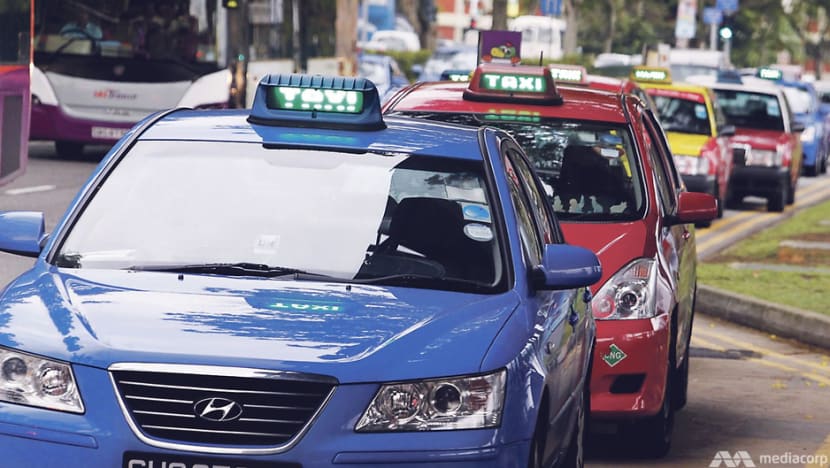
All this might be a chicken-and-egg discussion. With great numbers, air travel might not be as expeditious. If many aerial taxis approach the landing site simultaneously, drivers will have to queue up to land as advised by air traffic control, posing potential delays to your journey.
TRUST IN UNMANNED VEHICLES
The key question remains for the unmanned aerial taxis trialled in Singapore – do you trust driverless technology?
Let us compare these with driverless cars. Despite many years of trials, the completely unmanned car has yet to take off in a meaningful way.
Granted that it has to operate in a more complicated environment than an unmanned drone in the air, whose technology is well-proven, the psychological threshold commuters need to cross to make unmanned aerial taxis a commercially viable option is higher.
In the event of an unfortunate accident, commuters may walk away unscathed from an unmanned car, but not from an aerial taxi. Modern aeroplanes may travel on autopilot for a large part of their journeys, but there is a pilot to take over in an emergency.
Yet issues regarding air safety, and in managing interference with the flight paths of other aircraft and the dangers during taking off and landing, can be mitigated.
If aerial manned taxis are made to cruise at low altitudes in places where they do not interfere with the flight paths of our three airports; and they are subjected to strict controls by a central aerial control, these issues can be managed.
A WHILE LONGER BUT NOT TOO LONG
On the whole, it seems while like the march of technology and new methods of doing things cannot be halted, it will take some time and effort before driverless vehicles and regulated aerial travel in cities become commonplace.
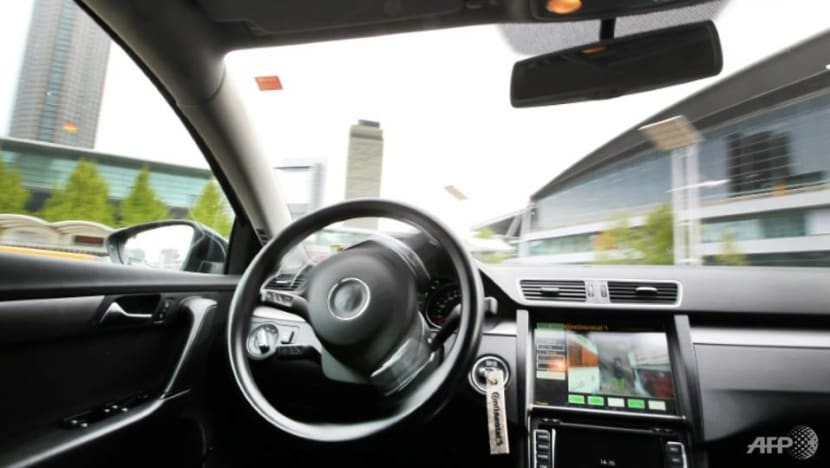
READ: Will my driverless car know what to do when honked at? A commentary
Many countries and leading companies are already moving into these unchartered territories albeit cautiously.
While the lack of low-cost manufacturing have made mass production of these vehicles elusive, accelerating advances in this greenfield aeronautical technology space may make them more ubiquitous in the future.
Uber held a second flying taxi conference this year, showcasing concept images that Embraer and Pipistrel Aircraft are planning to build for the ride-hailing company’s ambitious projects. The ride-hailing giant expects to begin testing of its urban air taxis in Dallas, Los Angels and Dubai in 2020.
In China, Huawei has developed the world’s first one-passenger air taxi that can act as an aerial ambulance, in collaboration with Chinese drone company eHang.
The Japanese government too is looking to create the laws and infrastructure needed to put flying cars into the sky in the next decade.
POSITIVE SIGNS IN SINGAPORE
Will Singapore follow suit? Singapore’s track record in land transportation shows we have bucked the trend to stay ahead of the curve and embrace new transport technologies in past instances.
Singapore was one of the first to apply peak period pricing to manage congestion in the city in the 1970s, when it was mere talk in other cities.
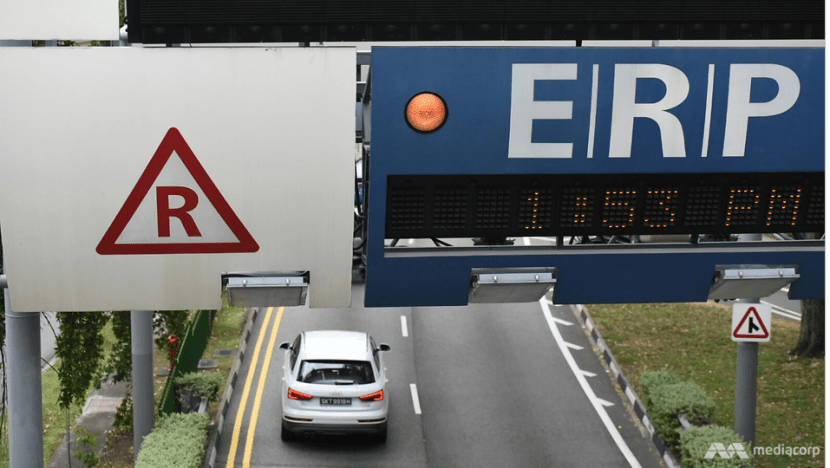
After a spirited and heated debate, the country also built the mass rapid transit system in the 1980s despite vigorous opposition, and constructed road tunnels in the 1990s against conventional wisdom at that point. We are none the worse for implementing these schemes.
It is heartening to see regulations evolve in tandem, where disruption in Singapore has typically seen laws play catch-up in most instances including in the bike-sharing and ride-hailing sectors.
Where the Civil Aviation Authority of Singapore has proposed enhancements to laws governing their use to public safety, plans to issue licenses for drones weighing above 25kg – the kinds that unmanned aerial taxis will require – including the certification of the airworthiness of the aircraft and licenses for operators and pilots suggest authorities are looking into safety standards and competence frameworks for their operation.
“These aerial vehicles will ply dedicated aerial corridors, with different alttudes designed for different routes”, said then Permanent Secretary for Transport Pang Kin Keong, highlighting also that the Government has factored them into future national plans.
READ: Pang Kin Keong's commentary on Singapore's impending urban mobility revolution
There is also great private sector enthusiasm to see this vision’s realisation.
Backed by tech titan Intel and auto giant Daimler, German company Volocopter, which is running the trials in Singapore, had earlier said it would be setting up a product design and engineering team to support expansion plans.
Local reports also suggest it is seeking to partner real estate developers and mobility providers to develop infrastructure that supports flight testing.
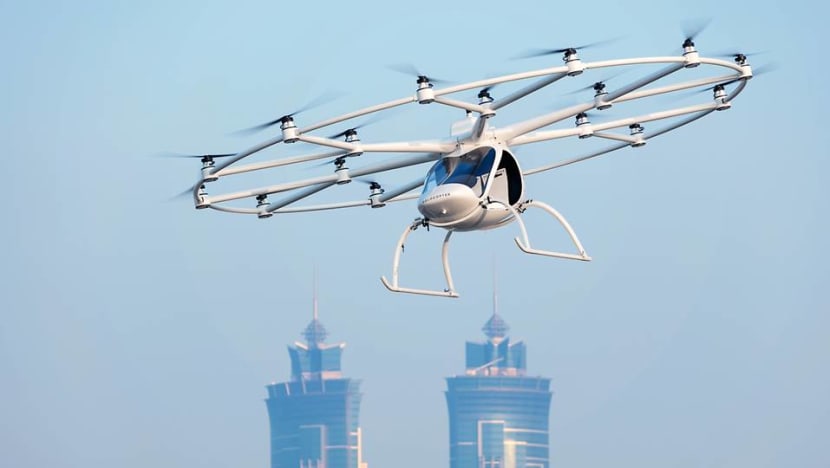
The advent of driverless cars and driverless aerial taxis in the foreseeable future will probably see the end of our taxis with their chatty, opinionated cabbies who have graced our roads for more than seven decades.
But there is much to look forward to.
Gopinath Menon is a transport consultant who is also a Senior Research Fellow at the Centre for Infrastructural Systems of the Nanyang Technological University, Singapore.















